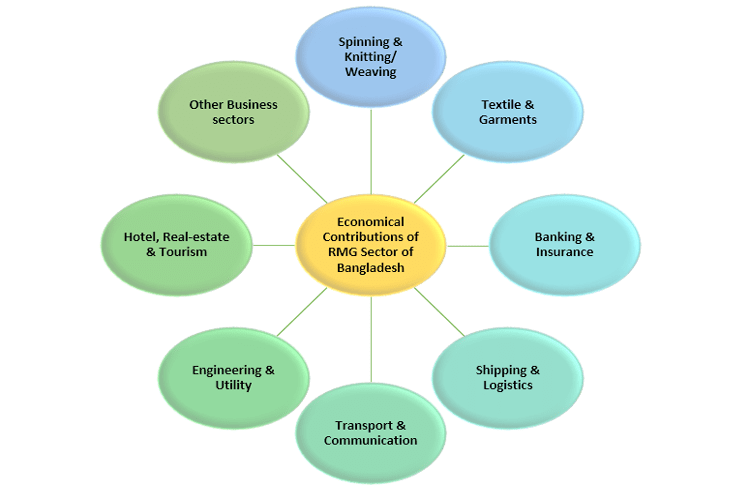দারাজে নিজস্ব ব্র্যান্ড সফলভাবে লঞ্চ করার বিস্তারিত কৌশল ও ধাপ-ভিত্তিক নির্দেশিকা
দারাজে নিজস্ব ব্র্যান্ড সফলভাবে লঞ্চ করার বিস্তারিত কৌশল ও ধাপ-ভিত্তিক নির্দেশিকা মো. জয়নাল আব্দীন প্রতিষ্ঠাতা ও প্রধান নির্বাহী, ট্রেড অ্যান্ড ইনভেস্টমেন্ট বাংলাদেশ (T&IB) এক্সিকিউটিভ ডিরেক্টর, অনলাইন ট্রেনিং একাডেমি (OTA) সেক্রেটারি জেনারেল, ব্রাজিল বাংলাদেশ চেম্বার অব কমার্স অ্যান্ড ইন্ডাস্ট্রি (BBCCI) …
Read More




 by
by